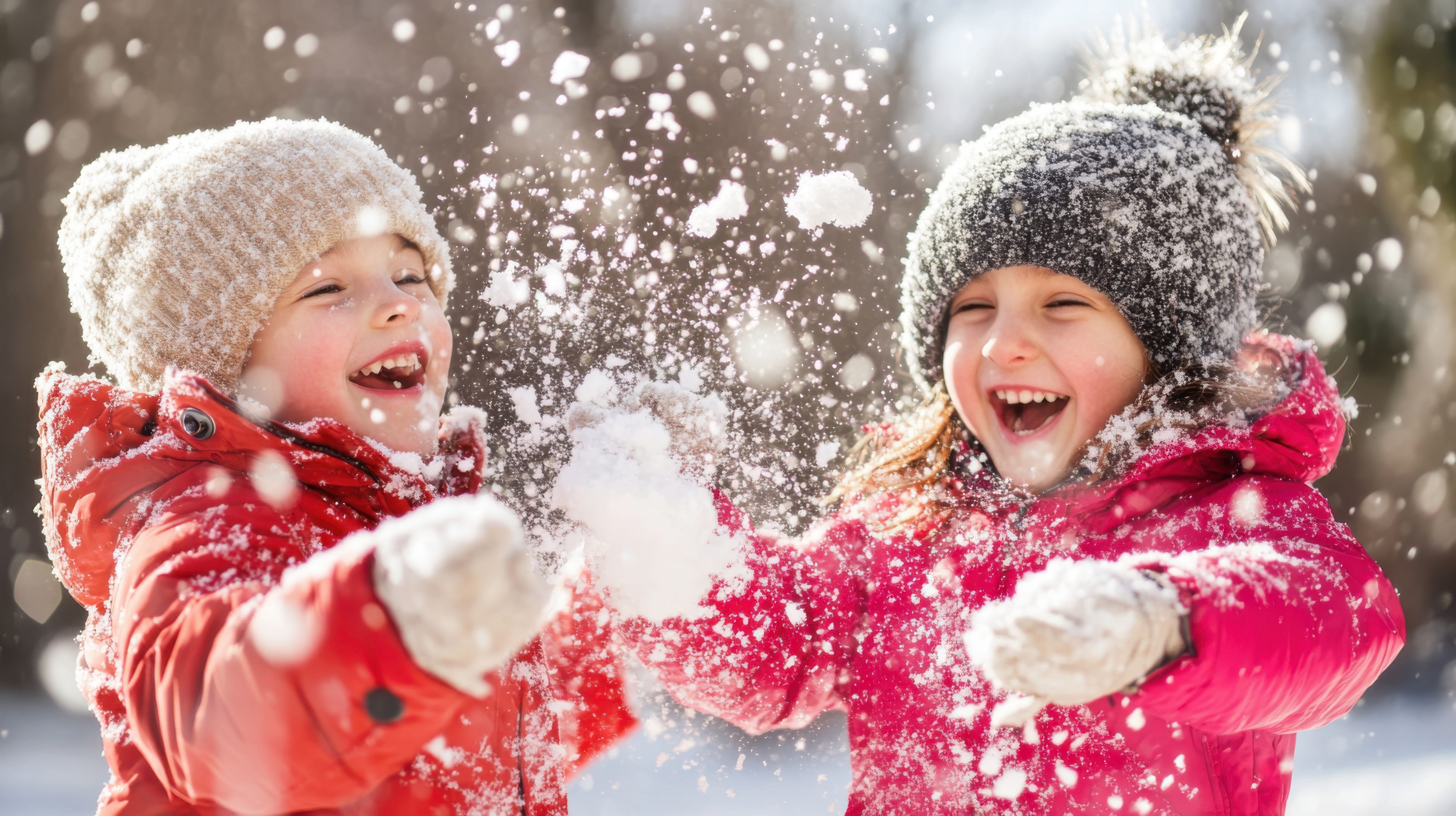How to get kids outside in every season
When we think back to being children, many of us have fond memories of being on the playground at recess, riding our bicycles through the coulees of Medicine Hat, and playing with our friends. Developmentally, a variety of mechanisms are at play when children are given the freedom to explore in nature.
As Medicine Hat makes way for spring and summer, parents may be questioning how to best get their children playing outdoors. We interviewed Medicine Hat College Early Learning & Child Care (ELCC) instructor, Jennifer Usher, to find out how parents of young children can easily integrate outdoor play with their children in every season.
Spring
With warm weather coming in, spring offers children many opportunities to interact with their environment and develop their physical, cognitive, and social-emotional skills.
Usher suggests taking advantage of the opportunities the season provides:
• Nature Walk: Go on a nature walk and encourage your child to collect items along the way. They can collect what inspires them or you can give them a list of items to search for.
• Garden: Allow your child to help plant seeds in a garden and watch it grow together.
• Integrate literature: Read books about inspects, butterflies, or birds with your child and then search for them outside.
• Make Art: Provide your child with chalk and encourage them to create designs on the sidewalk.
• Get Active: Play running games, such as tag - integrate the whole family.
 Usher says integrating a variety of activities helps to promote learning, imagination, and muscle development. She also adds that activities which involve picking up small objects, such as little pebbles, and putting them into containers, aids in the development of their fine motor skills.
Usher says integrating a variety of activities helps to promote learning, imagination, and muscle development. She also adds that activities which involve picking up small objects, such as little pebbles, and putting them into containers, aids in the development of their fine motor skills.Summer
Summer in Medicine Hat is prime time for being in nature. There are many ways parents can help their children develop their foundational growth in the summer months.
Summer-specific activities to try include:
• Sand: Allow your children to play in a sandbox and encourage them to build sandcastles.
• Make Art: Search for items such as leaves, petals, and sticks, then create a nature collage by glueing them to paper.
• Water: Turn on the sprinkler and encourage your child to run through it.
• Obstacle Course: Creating an obstacle course in the backyard and see how quickly your child can complete it.
• Campfire: Allow your child to help you build a fire by collecting/moving logs.
 Outdoor activities that help children grow their muscles, such as picking up objects and moving them, aid in their foundational growth, which is essential for development, says Usher.
Outdoor activities that help children grow their muscles, such as picking up objects and moving them, aid in their foundational growth, which is essential for development, says Usher.
Fall
As families start getting back to their regular routines, the fall season offers natural open-ended materials, which help children use their imagination and creativity. While they may feel like a chore to adults, Usher says falling leaves are a great provocation to support children’s cognitive development.
• Integrate literature: Read autumn-themed books, like The Leaf Man by Lois Ehlert, then have your child try creating their own leaf creature.
• Make art: Place leaves under paper and rub them with crayons to see the designs come through.
• Use leaves: Encourage your child to help move leaves into a pile and jump into them or throw the leaves in the air and encourage your child to see how many they can catch as they fall.
 Activities such as these encourage children to get creative and use their imaginations while engaging with their surroundings.
Activities such as these encourage children to get creative and use their imaginations while engaging with their surroundings. Winter
For many, the cold winter months may translate to time indoors, however with proper attire to stay warm, Usher argues that snow is one of the best tools for children's play and exploration.
• Move the snow: Buy a child-sized shovel or using pieces of cardboard to make paths in the snow.
• Make snow designs: Add food colouring to water in spray bottles and encourage your children to make designs in the snow.
• Create a snow kitchen: Take kitchen utensils outside and encourage your child to create snow cookies, cupcakes or whatever else their imagination desires.
• Integrate literature: Read books about animal tracks and see how many they can find on an adventure walk or read about snowflakes, then catch them on black cardstock to look closely at them as they fall.
 “If you think about social development and the cooperation and collaboration that happens to make some of these experiences I mentioned before happen, they have to really negotiate in that. Which idea are we going to try first? Sort of negotiating how we're going to work together.”
“If you think about social development and the cooperation and collaboration that happens to make some of these experiences I mentioned before happen, they have to really negotiate in that. Which idea are we going to try first? Sort of negotiating how we're going to work together.”
“I just think being outdoors is so good for emotional, mental, and emotional development. There’s research that shows even just being in and seeing a green space really can boost your mental wellbeing. I think being out there and in the fresh air and seeing natural surroundings around you makes you feel better in lots of different ways.”
To learn more about Usher’s research in Outdoor Pedagogy, visit: www.mhc.ab.ca.
